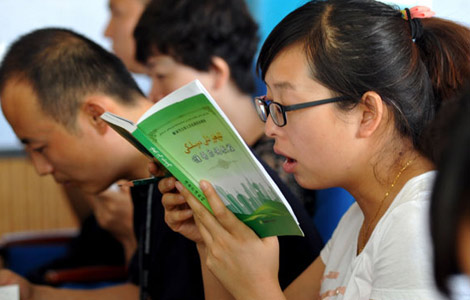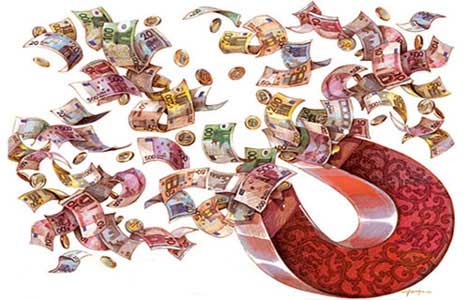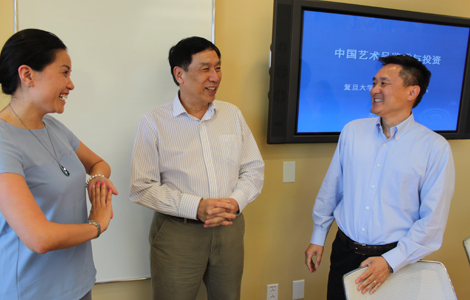Look on the bright side
Updated: 2013-08-01 09:03
By Chen Dongxiao (China Daily)
|
||||||||
As for China's demographic dividend and cost advantages, they are both waning. But there is a positive side to this. Thanks to its continual inputs into education and scientific research, China has seen a constant improvement in the quality of its labor force and continuous betterment of production efficiency. More importantly, it has raised its position in the global industrial value chain and its comprehensive competitive power is growing. The economic frictions between China and the developed world including the United States and some European countries are evidence of this. Instead of trade frictions over clothing, shoes and other labor-intensive commodities as was the case in the past, trade frictions in recent years have been over capital and technology intensive goods, such as photovoltaic, electromechanical and electronic products.
Finally, China launched its reform and opening-up in 1978 with a path-finding spirit that advanced through probing and experimenting step by step, as Deng Xiaoping, the architect of China's reform, advocated. The experiences China has accumulated from practicing this method over three decades have proved advantageous.
If compared with the "shock therapy" practiced by the former Soviet Union, this strategy better suits Chinas' complex reality and needs, because a step-by-step approach facilitates uncovering and finding solutions to problems. It is true that economic restructuring is closely related to political reforms. It should also be admitted, however, that handling of the government-market relationship has always been a thorny issue to all countries.
As the situation stands, now that China's new leadership has vowed to press on with another round of reforms, discussions and disputes over reforms should start from a long-term strategic point that benefits the country and its people. No path of reform will be a bed of roses, but the difficulties must be endured if the country is to successfully navigate this crucial stage of transition. There can be no doubt, however, about its potential for long-term growth.
All major economies are looking for ways to kick-start a new boom, and there is still ample room for cooperation between China and other major economies. The United States is hoping to create a new global pattern of investment and trade with the Trans-Pacific Partnership and the Transatlantic Trade and Investment Partnership. China is also enthusiastic about negotiations with the United States and some European countries over greater access to mutual investment, efforts that will result in the reduction of global trade and investment barriers. In addition, it is believed that the BRICS countries - Brazil, Russia, India, China and South Africa - will maintain their momentum of long-term development. A platform of cooperation was created at the summit of their leaders this year, and these countries will come to play an ever-bigger role in the global economy.
Therefore, China will maintain steady econo-mic growth while making down-to-earth efforts to realize its economic restructuring to ensure a long-term sustainable development. So there is really no reason to be pessimistic about China's economic prospects.
The author is president of the Shanghai Institutes for International Studies. An unabridged version of this article can be found on the SIIS website (en.siis.org.cn).
Most Viewed
Editor's Picks

|

|

|

|

|

|
Today's Top News
China's obesity rate on the increase
Washington Post sold to Amazon's founder
Fonterra says sorry for 'anxiety'
Detroit Symphony brings China to NYC
Service sector drives up growth
Globalization of Chinese culture becomes hot topic
Huawei expands in London
Web 'answer to export woes'
US Weekly

|

|













